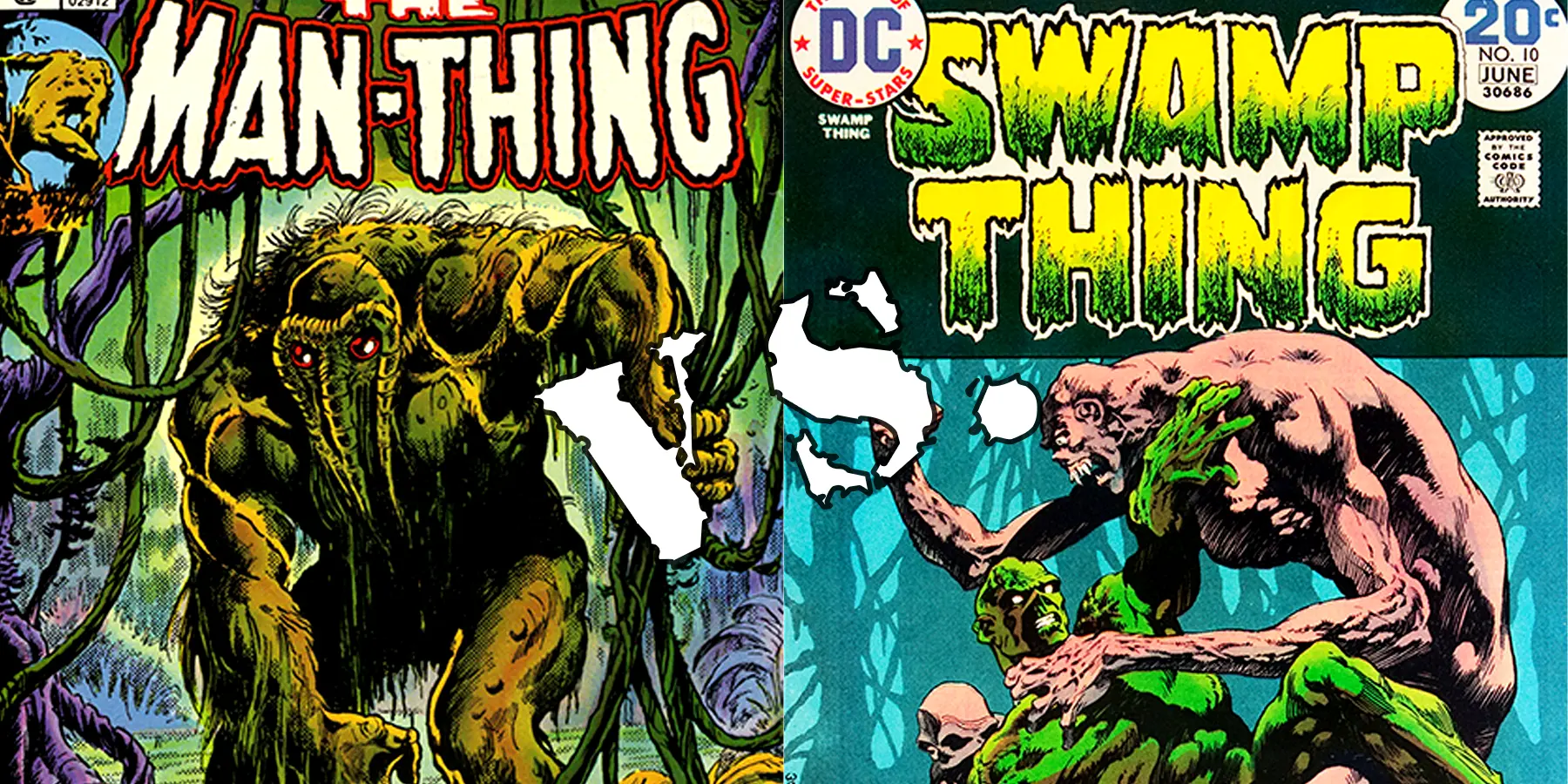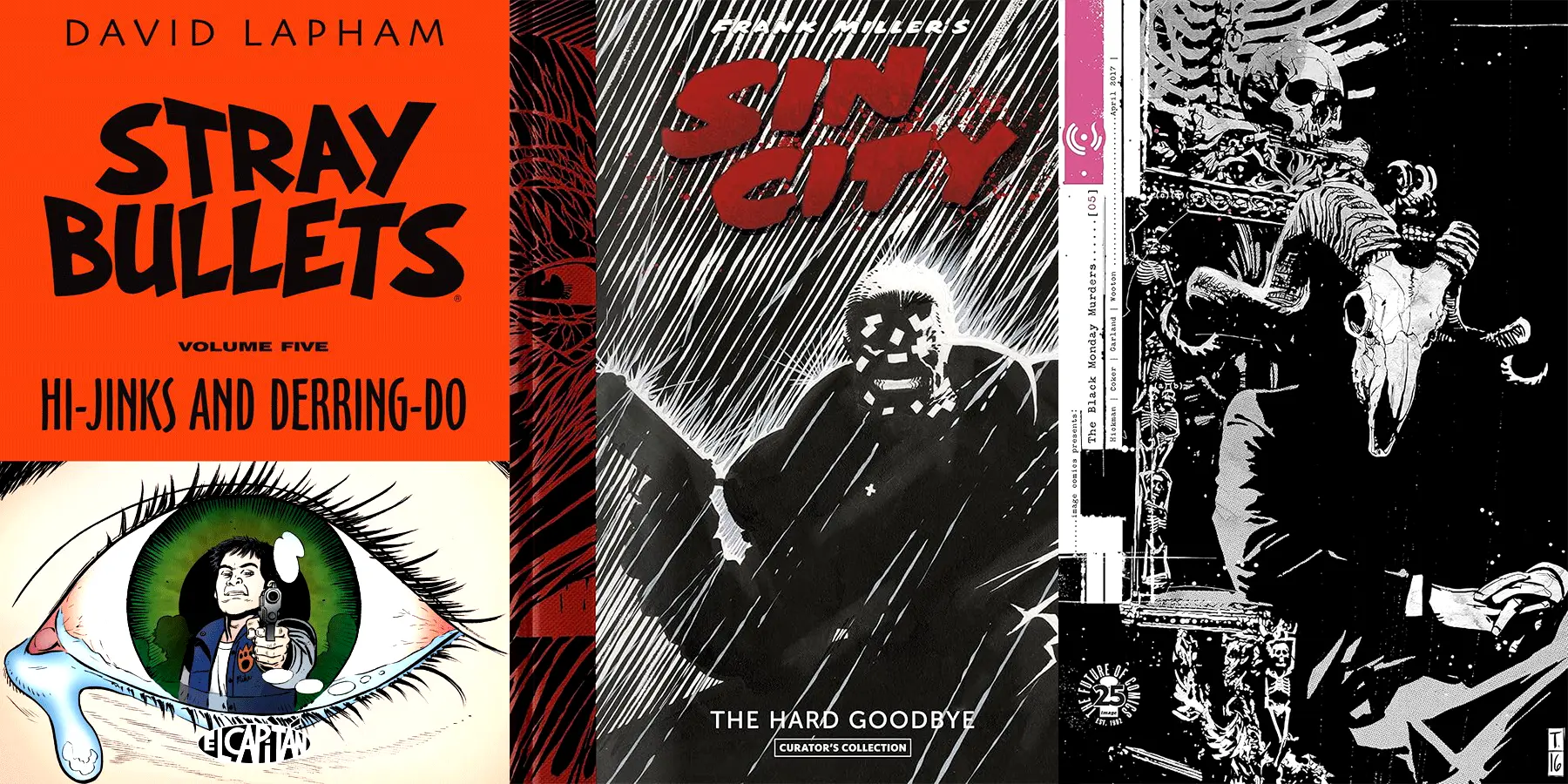Before Spider-Man swung through cityscapes and before Star Wars rewrote the rules of merchandising, there was a man in a jumpsuit, strapped to a motorcycle, flying through the air and daring the laws of gravity to take him down. His name? Evel Knievel. His power? Unshakable swagger and 433 broken bones.
Forget capes and super serum—Evel didn’t need a radioactive spider or a billion-dollar Batcave. All he needed was a ramp, an engine, and a total disregard for human anatomy. In an era hungry for heroes, he became a real-life action figure. And in many ways, America’s first true superhero.
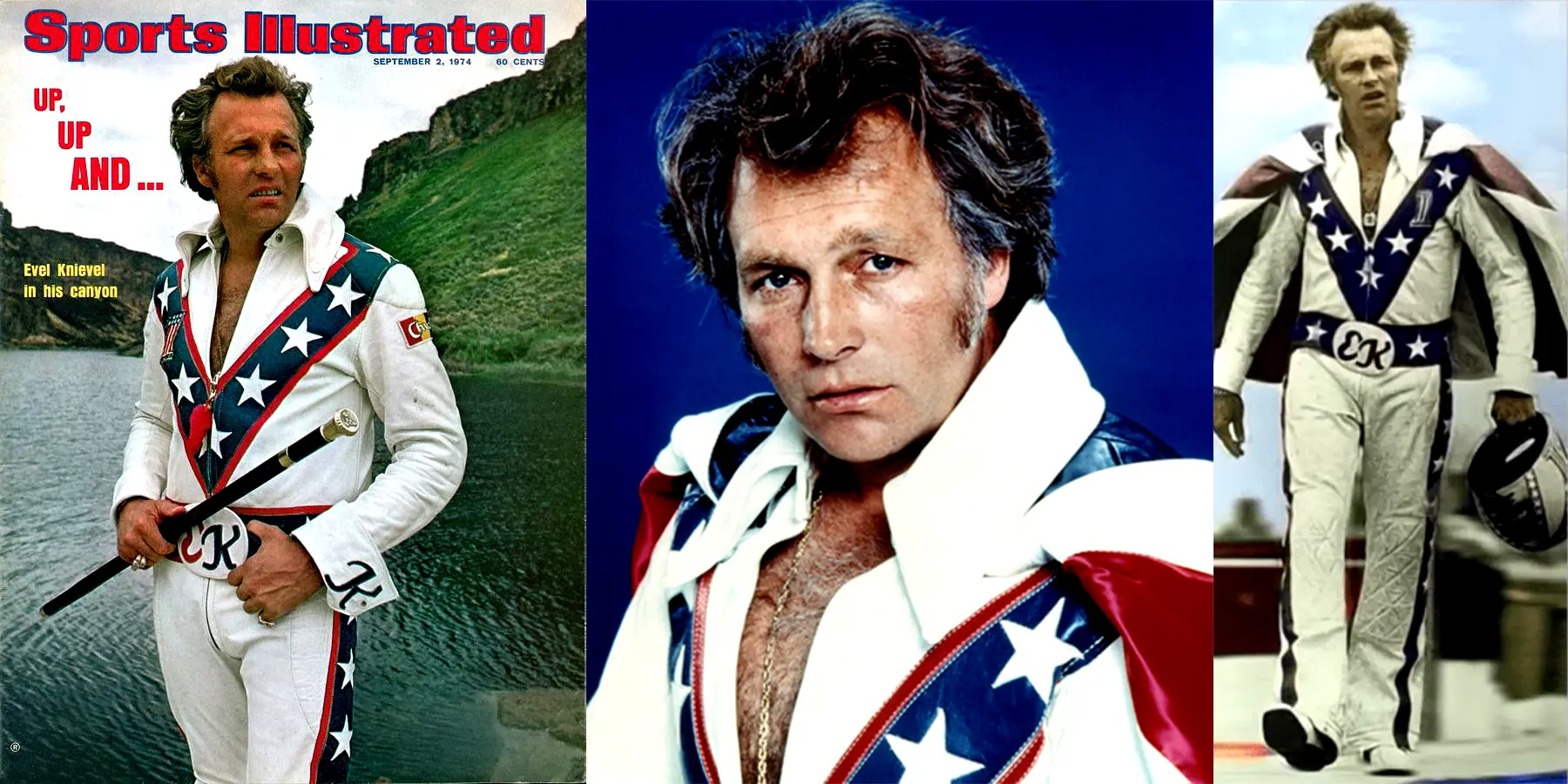
The Cape Wasn’t Just for Show
Let’s talk about the look…
White leather jumpsuit. Red, white, and blue stars blazing across his chest. A cape flapping behind him like he just walked out of a Saturday morning cartoon. Evel Knievel didn’t just dress like a superhero—he branded himself as one.
Long before Marvel and DC ruled the box office, Knievel was embodying the same visual language: bold iconography, high drama, and impossible feats. He was Captain America meets The Human Crash Dummy.
Every jump was a cliffhanger. Every landing (or wipeout) was a panel ripped from the pages of a comic book.

Superhero Vibes in a Gritty Real World
Think about the timing: The early 1970s were a weird, wild moment in American culture. Vietnam. Watergate. Gas shortages. Everyone wanted a symbol of fearless rebellion and ridiculous optimism. Enter Evel, revving his Harley on national television, leaping over rows of buses, fountains, and—why not—a canyon.
And just like Superman, he had an origin story. Robert Craig Knievel, a kid from Butte, Montana, scrapped his way into the spotlight through rodeo stunts and bar brawls. He wasn’t polished. He wasn’t corporate. He was pure Americana chaos, with a jawline that could take a punch and a bone count that said “try me.” He wasn’t just a daredevil—he was a myth in motion.
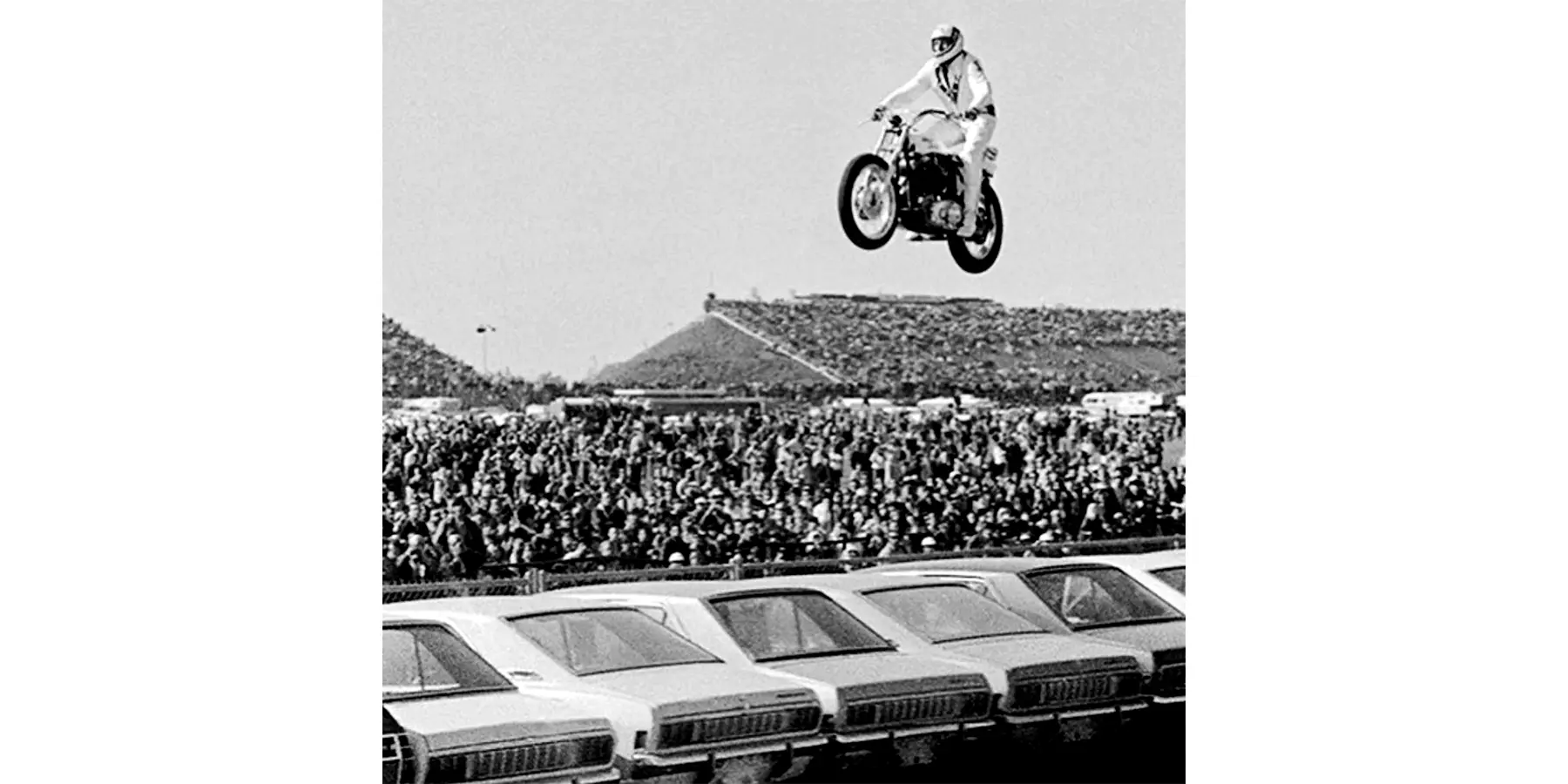

The Wrestling Connection: Gimmick Meets Glory
Let’s be honest—Evel Knievel had more in common with 1970s wrestling icons than with Hollywood stuntmen.
- He had a persona: “Evel” was a nickname forged from run-ins with the law.
- He had a gimmick: Red-white-and-blue crusader vs. the laws of physics.
- He even had heel moments: assaults, scandals, hospital stays longer than some TV series runs.
Like the wrestlers of his day—Bruno Sammartino, Dusty Rhodes, and later Hulk Hogan—Knievel blurred the line between sport and showbiz, fact and fiction. Audiences didn’t just watch his jumps—they tuned in for the drama of “Will he or won’t he die this time?”
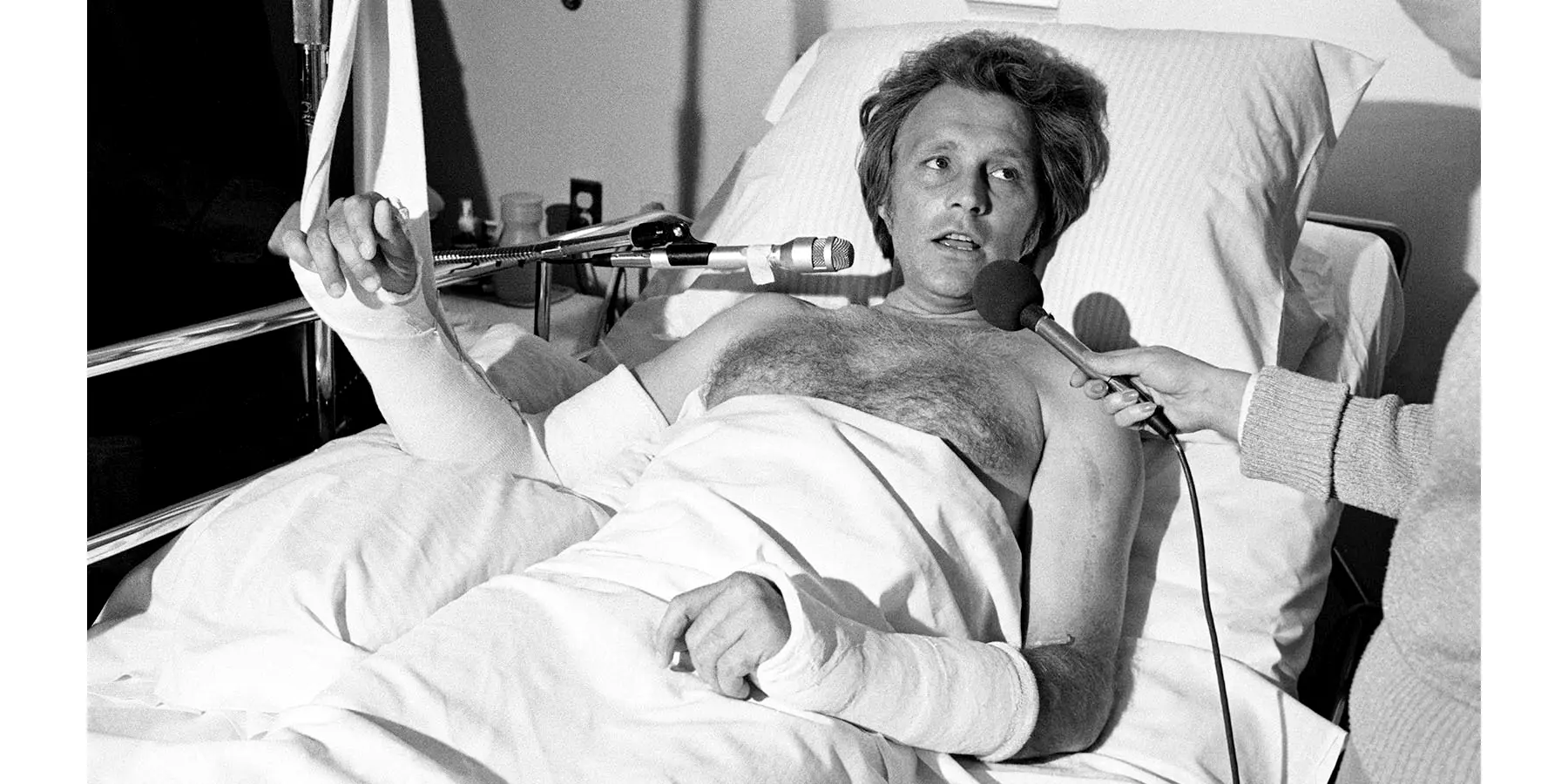

The Merch Empire Before the Merch Empire
Long before George Lucas flipped the toy industry with Star Wars, Evel Knievel had become a one-man franchise.
- The Evel Knievel Stunt Cycle Toy (1973): A wind-up masterpiece that sent plastic Evel flying across bedrooms and breaking furniture nationwide.
- Lunchboxes, T-shirts, Halloween costumes—you name it, his name was on it.
- There were pinball machines, comic books, and a terrible movie (Viva Knievel!, 1977) where Evel played himself… as a world-saving hero.
Evel Knievel wasn’t just a guy on a bike—he was a brand before branding was cool.

What Makes a Superhero?
Let’s break it down:
| Element | Superman | Captain America | Evel Knievel |
| Iconic Costume | ✅ | ✅ | ✅ |
| Death-Defying Feats | ✅ | ✅ | ✅ |
| Public Symbol | ✅ | ✅ | ✅ |
| Toy Line | ✅ | ✅ | ✅ |
| Actually Human | ❌ | ❌ | ✅(barely) |
You could argue that Evel was the most believable superhero of all—because he was real. He risked his life for showmanship, pride, and ratings. And the public loved him for it.
The Real Superpower? Spectacle.
In the end, Evel Knievel didn’t fly. He fell—with style, with guts, and with absolutely no regard for his spine.
But every time he stood back up?
That’s when the cape really mattered.
Want to see how deep the Evel myth goes?
- Collect the 1970s Ideal stunt cycle toy? You’re in good company—it’s a collector’s grail.
- Seen the Happy Days episode where Fonzie tries a Knievel-style jump?
- Ever wonder if Ghost Rider owes a bit of his biker-flare to Evel? We do.
Final Takeaway
Before MCU Phase One.
Before Jackass.
Before stunt influencers and GoPro gods…
There was Evel Knievel—America’s reckless, righteous, red-white-and-blue superhero. And he didn’t need CGI. Just a ramp.



